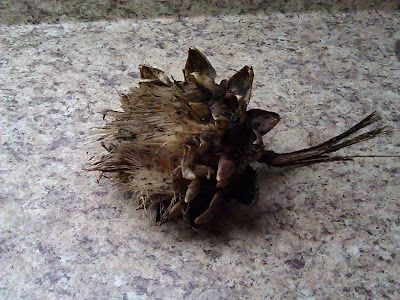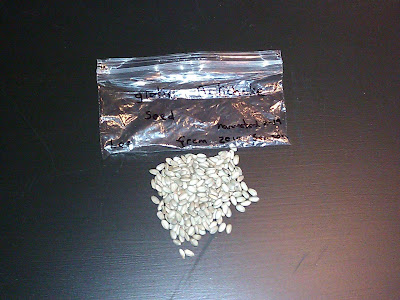Union Station Fermentation

After our aforementioned cheese class, A~ and I went down town, Ogden that is, to check out a new store that we had just learned about, the Union Station Fermentation store. While there, we had an opportunity to speak with one of the owners, Nigel; a very cool guy. You may remember back some time when I had my little Mr. Beer home brewing experiment. I was very happy with those results and have decided that this year I will be stepping up my home brewing game to include using fresh hops (Which we'll also be trying to grow in the garden this year as well.), partial mash and really trying to get some good brew going... but I digress. I, along with everyone else in the "north counties", needed to either drive to Richmond (1hr north) or Salt Lake City (1/2 hr south) in order to get their beer making supplies; but no more. Here's the other great thing, they don't just supply products for home beer and wine making, they also have kits and equipment for the home cheese maker. In fact, that's how we learned about them in the first place, through our cheese making class instructor. They carry cheese molds, cultures, wax and other such cheese making stuff. This will come in handy at some point this year when we try to make some actual hard cheese. This weekend however, I'll get to participate in another of their offerings... classes. I'm scheduled to attend a class there on Saturday to learn about making mead. Yep, you heard that right, the ancient honey based liqueur of the Celts and my own personal ancestors... the Vikings! This will be information that I'll add to my knowledge base to keep for future use when we finally put our plans into action to keep bees. They also offer classes periodically on cheese making and both beginning and advanced beer making. I intend to do as many of them as I can. The long and short of it is that the Fermentation Station seems to be the kind of place that we'll be spending a lot of time at in the foreseeable future. If you're in the Northern Utah area and are at all interested in any of the things I've talked about here give them a check out. Here's their contact information:
Union Station Fermentation 274 25th St Ogden, UT 84401 (801) 392-9772 






















